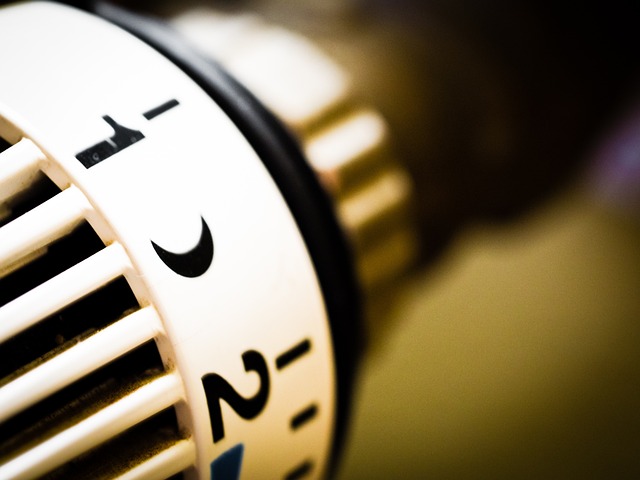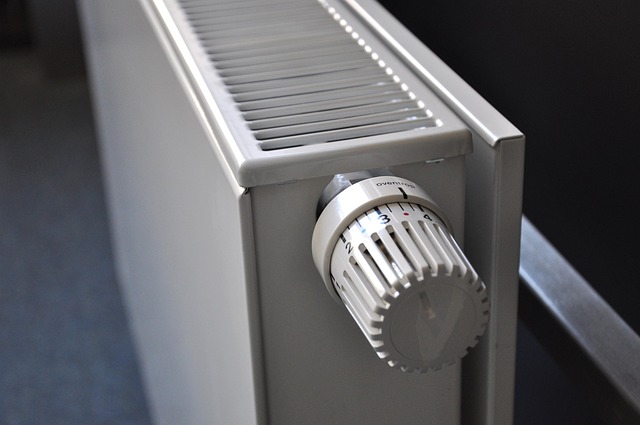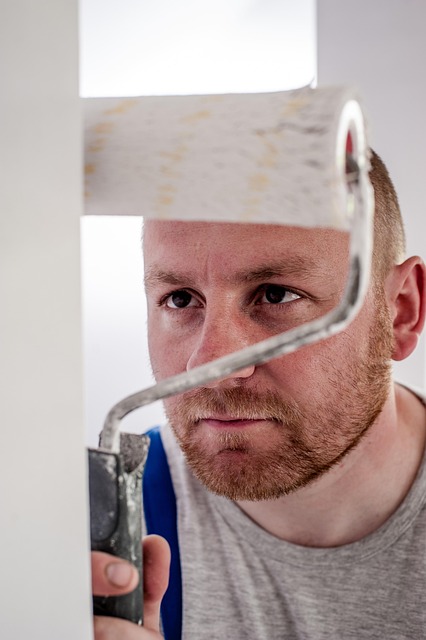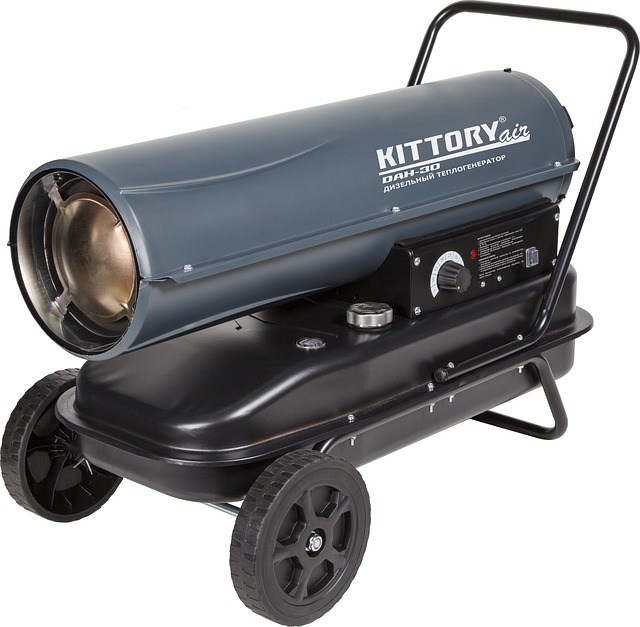Regular filter maintenance, passive solar heating, and thermostat optimization significantly boost HVAC efficiency, reducing energy bills and minimizing heating system repair needs. Insulation, smart thermostats, and timely repairs further enhance energy conservation. Proper ductwork cleaning is crucial for maintaining system effectiveness and indoor air quality. These strategies not only safeguard against breakdowns but also contribute to sustainability.
As seasons change, so does your home’s heating needs. To ensure a comfortable and energy-efficient environment, regular HVAC maintenance is key. This article provides top tips to optimize your seasonal heating: inspect and clean air filters regularly for improved airflow; adjust thermostat settings for maximum efficiency; schedule professional heating system repair to prevent costly breakdowns; and maintain ductwork to guarantee optimal air distribution.
- Inspect and Clean Air Filters Regularly
- Optimize Thermostat Settings for Energy Efficiency
- Schedule Professional Heating System Repair
- Maintain Ductwork for Optimal Airflow
Inspect and Clean Air Filters Regularly

Regularly inspecting and cleaning your air filters is a crucial part of seasonal HVAC maintenance. Over time, dust, dirt, and other contaminants can accumulate, reducing airflow and efficiency in both cooling and heating systems. This not only impacts energy bills but also increases wear and tear on components, potentially leading to more frequent heating system repair needs. By keeping your air filters clean, you promote optimal performance and extend the lifespan of your HVAC unit.
In addition to filter maintenance, consider incorporating sustainable heating practices into your routine. Passive solar heating, for instance, can be a cost-effective and eco-friendly way to supplement your regular heating system. Regular checks and adjustments to your thermostat settings, as well as maintaining a clean solar thermal system (if applicable), are all part of embracing these sustainable heating options.
Optimize Thermostat Settings for Energy Efficiency

Optimizing your thermostat settings is a simple yet powerful way to boost energy efficiency during the colder months. Lowering the temperature when you’re asleep or away can significantly reduce energy consumption and lower heating costs. Start by adjusting your thermostat to a comfortable but slightly cooler setting while you’re asleep, such as 68°F (20°C). You can also program your thermostat to automatically adjust temperatures at different times of the day using smart thermostats or time-based programming.
Additionally, consider eco-friendly heating options like insulating your home for better heating. Proper insulation ensures that warm air stays inside, reducing the workload on your heating system repair. A local HVAC technician can help you identify areas where improvements are needed and offer guidance on implementing these energy-saving strategies. By combining optimized thermostat settings with effective insulation, you’ll not only lower your energy bills but also contribute to a more sustainable environment.
Schedule Professional Heating System Repair

Regularly scheduling professional heating system repair is a crucial part of seasonal HVAC maintenance. It’s easy to overlook this aspect, especially when your system seems to be functioning normally. However, waiting until there’s an issue can lead to costly repairs or even complete system failure during colder months. A qualified technician can identify potential problems, fix broken thermostats, and optimize your heating system repair to ensure efficient operation and prolonged lifespan.
Consider incorporating eco-friendly heating options, such as geometric floor heating, which offers both energy efficiency and exceptional comfort. Additionally, programmable thermostat settings allow you to control temperature settings remotely, maximizing energy conservation without compromising on warmth during the season’s chill. Regular maintenance, including timely heating system repair, not only saves you from unexpected breakdowns but also helps reduce your carbon footprint.
Maintain Ductwork for Optimal Airflow

Proper ductwork maintenance is a key aspect often overlooked when it comes to seasonal HVAC (heating, ventilation, and air conditioning) care. Ducts, which form an intricate network in your home’s heating system repair, play a vital role in delivering warm or cool air throughout the space. Over time, these ducts can accumulate dust, debris, and even mold, leading to reduced airflow and efficiency. Regular cleaning and inspection are essential to ensure optimal performance.
One effective strategy is to employ smart home integration technologies, such as IoT (Internet of Things) devices, designed for HVAC maintenance. These gadgets can monitor air quality, detect blockages, and even schedule repairs, including those related to repair heat pumps. By keeping an eye on ductwork health, you not only enhance indoor air quality but also contribute to the overall efficiency of your heating system, potentially saving energy costs in the process.
Regular HVAC maintenance is key to ensuring your heating system runs efficiently and effectively. By following these top tips, including inspecting and cleaning air filters, optimizing thermostat settings, scheduling professional heating system repair, and maintaining ductwork, you can extend the lifespan of your heating system and reduce energy costs. Remember, proactive care is always better than reactive repairs, so make seasonal HVAC maintenance a priority to keep your home cozy and comfortable all year round.
